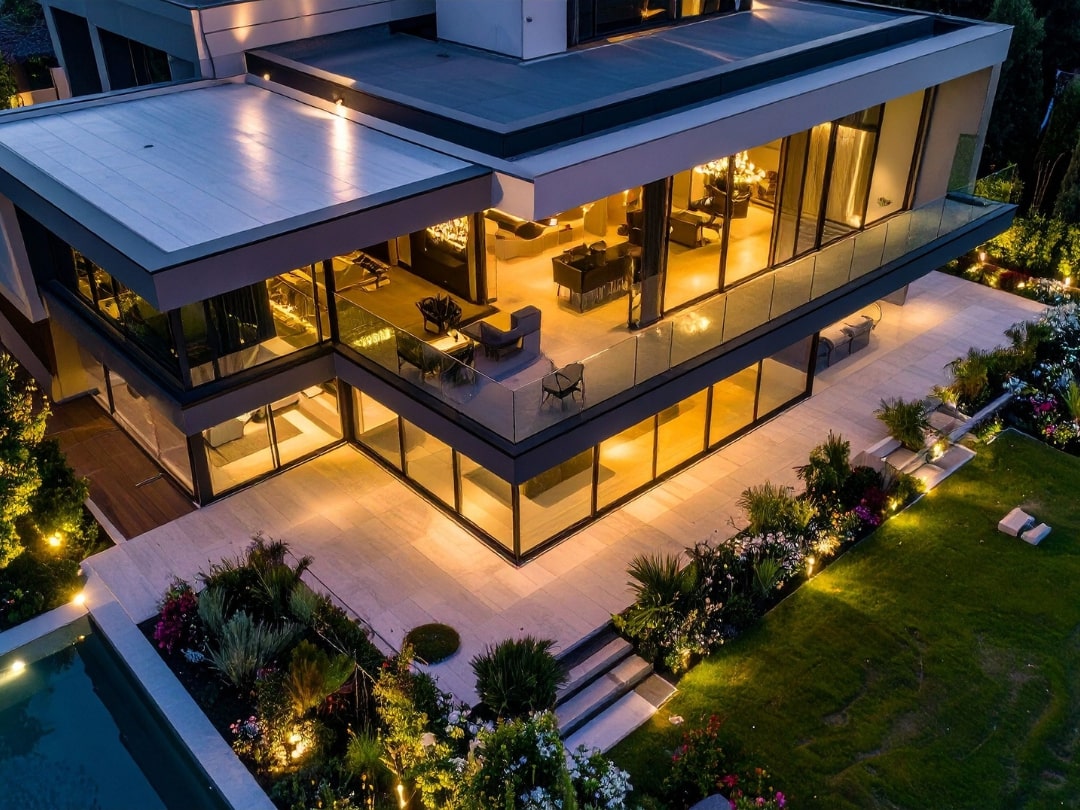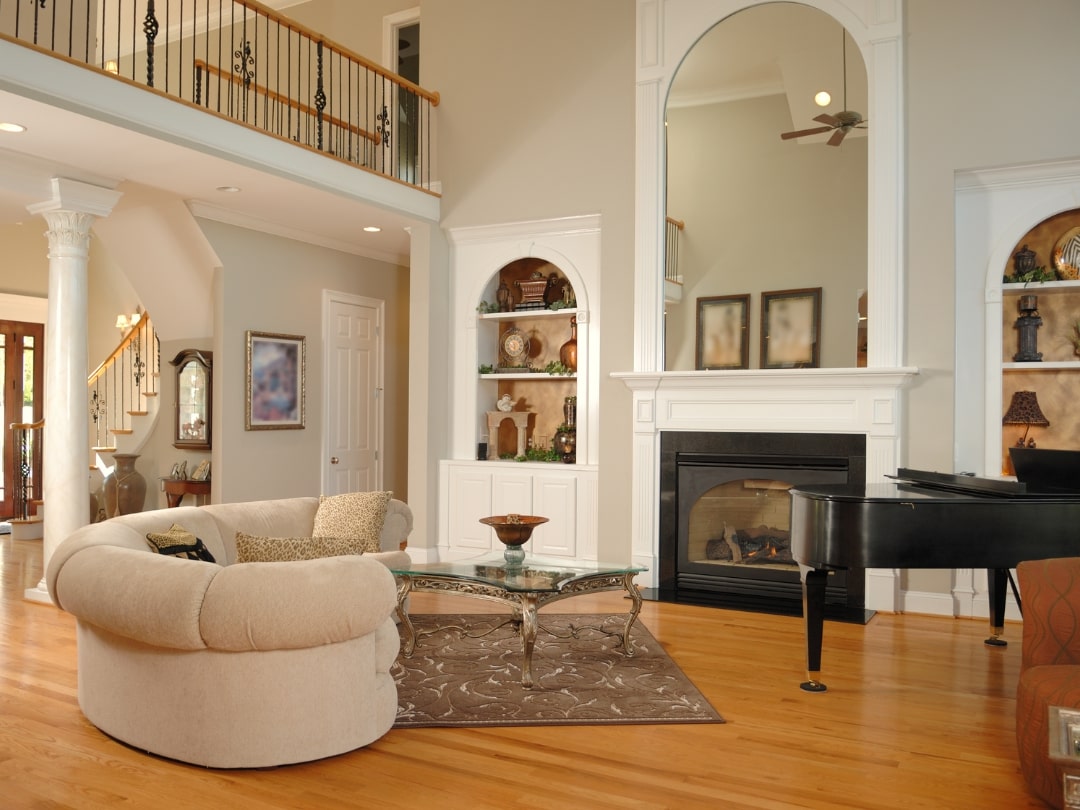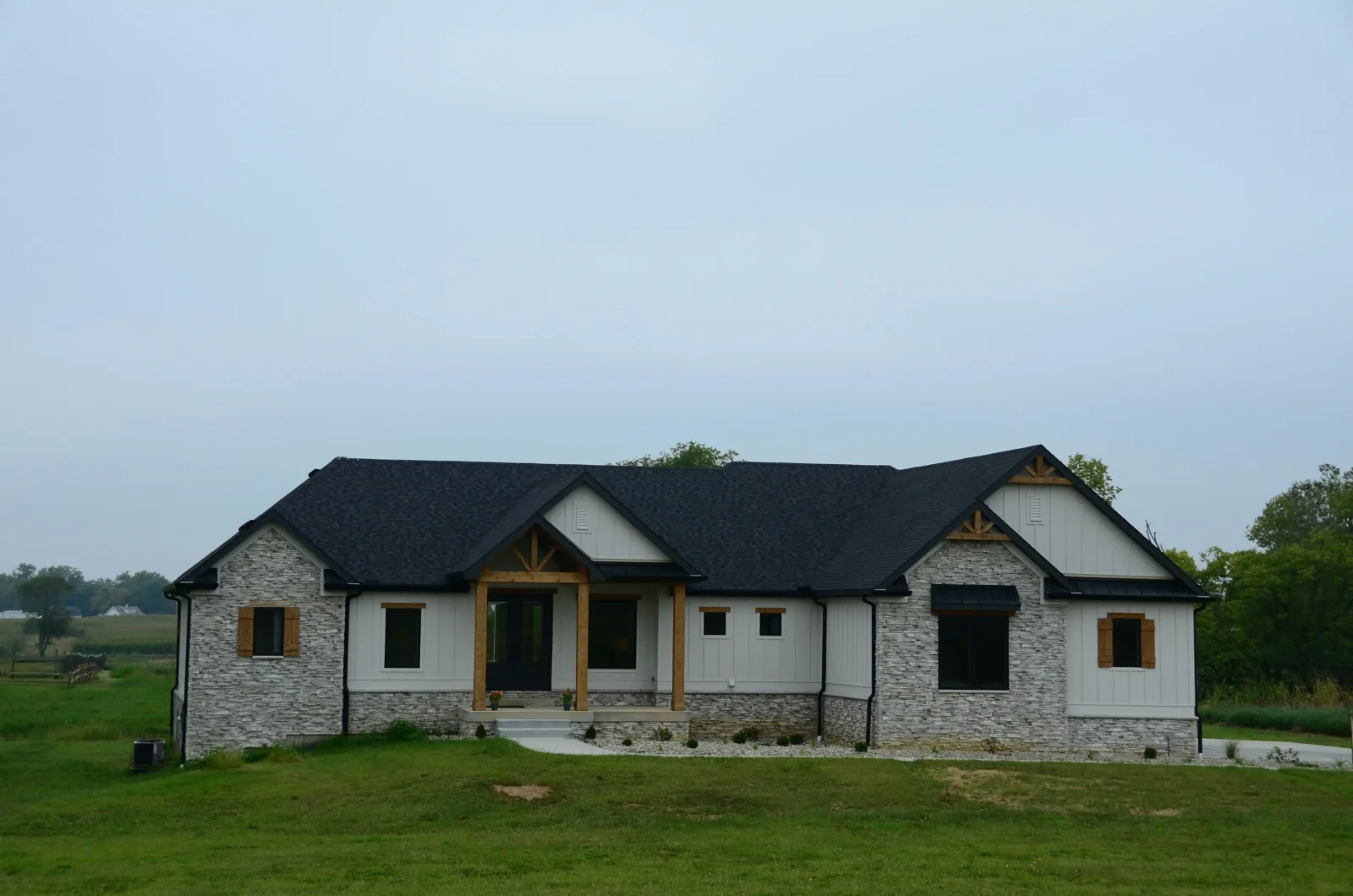- Home
- Articles
- Architectural Portfolio
- Architectral Presentation
- Inspirational Stories
- Architecture News
- Visualization
- BIM Industry
- Facade Design
- Parametric Design
- Career
- Landscape Architecture
- Construction
- Artificial Intelligence
- Sketching
- Design Softwares
- Diagrams
- Writing
- Architectural Tips
- Sustainability
- Courses
- Concept
- Technology
- History & Heritage
- Future of Architecture
- Guides & How-To
- Projects
- Interior Design
- Competitions
- Jobs
- Store
- Tools
- More
- Home
- Articles
- Architectural Portfolio
- Architectral Presentation
- Inspirational Stories
- Architecture News
- Visualization
- BIM Industry
- Facade Design
- Parametric Design
- Career
- Landscape Architecture
- Construction
- Artificial Intelligence
- Sketching
- Design Softwares
- Diagrams
- Writing
- Architectural Tips
- Sustainability
- Courses
- Concept
- Technology
- History & Heritage
- Future of Architecture
- Guides & How-To
- Projects
- Interior Design
- Competitions
- Jobs
- Store
- Tools
- More
Innovations in Smart Home Architecture That Are Redefining Buyer Expectations

Smart home architecture is shifting from optional to expected. Buyers in the USA and Canada now assess properties through the lens of technological function, energy performance, and long-term adaptability. This guide outlines the major innovations influencing purchasing decisions and offers a practical look at how these features are being integrated into modern residential design.
Table of Contents
ToggleIntegrated Smart Infrastructure
Today’s smart homes begin with the structure itself. Builders are designing electrical, HVAC, and network systems as unified frameworks rather than separate components. This integration allows easier automation, higher reliability, and reduced maintenance.
Homes built with centralized low-voltage wiring panels support whole-house connectivity for sensors, lighting, and communication systems. Structured network cabling improves bandwidth distribution and accommodates future upgrades without major renovations. These systems also give technicians predictable access routes, lowering service costs.
One factor influencing buyer confidence is system longevity. A well-planned infrastructure typically remains functional for decades, even as devices change. This stability attracts buyers who want technology without continuous retrofitting.
Energy Management and Efficiency
Energy control is a central expectation among modern buyers. Smart architecture incorporates real-time energy monitoring, automated climate systems, and passive design strategies that reduce power use.
High-efficiency heat pumps, variable refrigerant flow systems, and smart thermostats work together to adjust heating and cooling based on occupancy patterns. Many homes now include zoned HVAC layouts that respond to user behaviour instead of running at fixed schedules.
Solar integration is also expanding. In both the USA and Canada, builders increasingly design roofs and electrical systems to support solar panels, inverters, and battery storage. Enhanced insulation strategies and triple-glazed windows help maintain stable indoor conditions, lowering energy loads regardless of climate.

Intelligent Spatial Planning
Smart home design now extends beyond devices to the layout of the home itself. Adaptive spaces that respond to changing lifestyles are becoming a standard expectation.
Flexible rooms can convert from office to guest space through movable partitions, built-in storage, and modular lighting. Smart lighting systems adjust colour temperature and brightness based on time of day to improve comfort and reduce eye strain.
Architects are using space-sensing technology to understand how residents move through homes. Data from model properties helps shape traffic patterns, furniture placement, and room proportions. These design choices improve circulation and make smaller homes feel larger.
In this section, the required anchor fits naturally: Many buyers look to a real estate agent to buy homes with modern architecture that already include these adaptable spatial features because they offer long-term usability and reduced modification costs.
Security, Privacy, and Access Control
Security systems have become more sophisticated and more architectural. Instead of being added after construction, they are embedded during design.
Smart locks integrate with structural access points and are tested for durability. Camera wiring runs through designated conduits to prevent exposure. Builders are also isolating network zones to separate security devices from entertainment or personal networks, reducing cyber risk.
Buyers increasingly ask about data handling. Manufacturers now offer devices with local processing instead of cloud dependency for privacy-sensitive functions such as indoor motion detection. Properties with clearly defined security architecture often sell faster because buyers trust their long-term safety.
Health Focused Building Technology
Indoor air quality has become a measurable and influential factor in buyer decisions. Smart ventilation systems with sensors monitor humidity, particulate levels, and carbon dioxide concentration.
Many new homes include heat recovery ventilators or energy recovery ventilators that maintain fresh air circulation while preserving heating or cooling. These systems pair with air purifiers that activate automatically when sensors detect contaminants.
Smart plumbing systems detect leaks, track water use, and support greywater recycling. These technologies reduce damage risk and appeal to buyers who prioritize sustainable living.

Automation That Enhances Daily Living
Automation is shifting from novelty to convenience infrastructure. The goal is to reduce task friction.
Lighting scenes activate for morning routines. Shades open when occupancy is detected. Kitchen systems monitor appliance use to prevent overheating or unnecessary energy consumption. Automated irrigation adjusts based on weather predictions.
Buyers no longer see automation as a luxury. They view it as time-saving, and homes without these systems feel outdated. Builders are now offering automation packages as standard rather than premium upgrades.
Regional Trends in the USA and Canada
The spread of smart home architecture varies by region, but expectations are rising across both countries.
In the USA, states with strong technology sectors, such as California, Washington, Texas, and Massachusetts, see the fastest adoption. High energy costs also drive residents toward energy-efficient smart systems.
In Canada, cold climate regions such as Ontario, British Columbia, and Alberta prioritize energy management and HVAC automation. Government incentives in some provinces encourage smart energy retrofits and renewable integration.
Urban buyers in both countries expect full connectivity, while rural buyers focus on reliability and security. Despite these differences, the core innovations shaping expectations remain consistent.

Practical Steps for Buyers and Builders
For Buyers:
- Review the home’s network infrastructure. Look for structured cabling, central panels, and reliable Wi Fi distribution.
- Check HVAC zoning, smart thermostat compatibility, and insulation quality.
- Ask for documentation on security architecture, privacy settings, and device warranties.
- Inspect ventilation systems and air quality sensors.
- Evaluate automation capabilities and potential for future expansion.
For Builders:
- Adopt modular wiring routes for easier upgrades.
- Use industry-standard protocols to ensure device compatibility.
- Plan for solar integration even if panels are not installed immediately.
- Provide clear documentation for homeowners and technicians.
- Prioritize features that directly improve daily comfort and long-term efficiency.
Smart home architecture continues to evolve, shifting buyer expectations in the USA and Canada. Integrated systems, energy efficiency, security, adaptive layouts, and health-focused technology are now central to the decision-making process. Homes built with these features offer long-term value, reduced operational costs, and higher resale potential.
illustrarch is your daily dose of architecture. Leading community designed for all lovers of illustration and #drawing.
Submit your architectural projects
Follow these steps for submission your project. Submission FormLatest Posts
Steps To Maximize Success With Service-Oriented Franchise Models
Franchising is a strategic pathway for entrepreneurs seeking to tap into established...
How Energy-Efficient Windows Improve New Home Builds
Builders and homeowners have a unique chance to get things right from...
Moving Into a New Build? Here’s the Smart Way to Manage the Transition
Few moments feel as exciting as getting the keys to a brand-new...
The Secret Infrastructure of Prestige Homes Revealed
The Secret Infrastructure of Prestige Homes Revealed Luxury homes capture the imagination...










Leave a comment